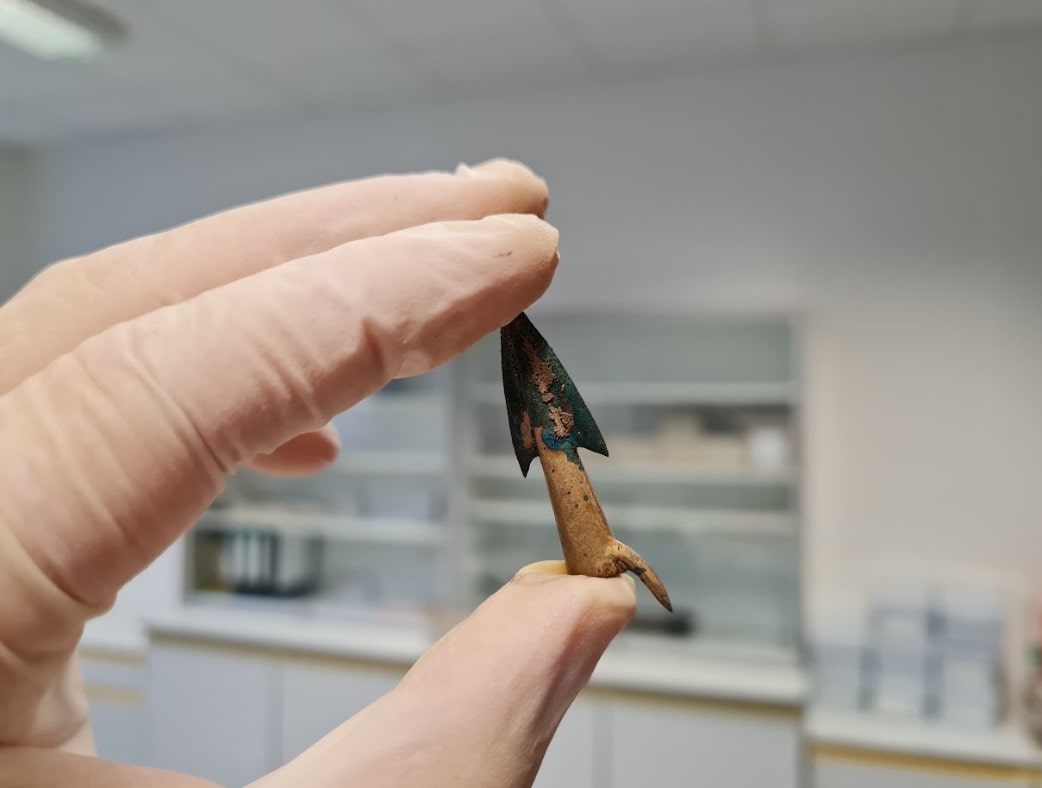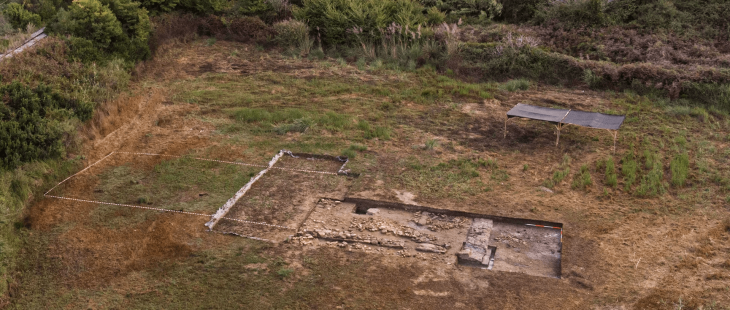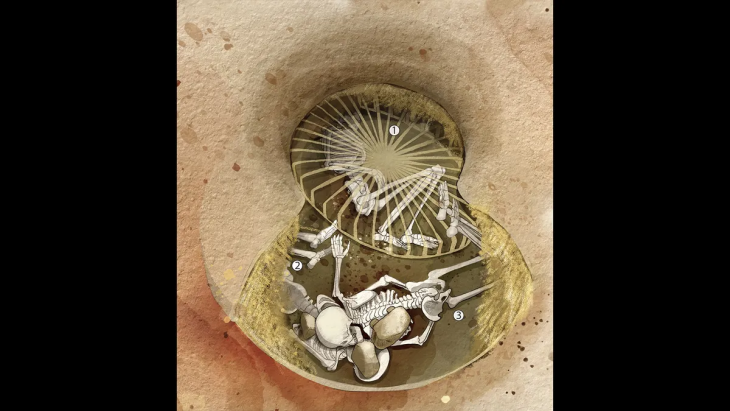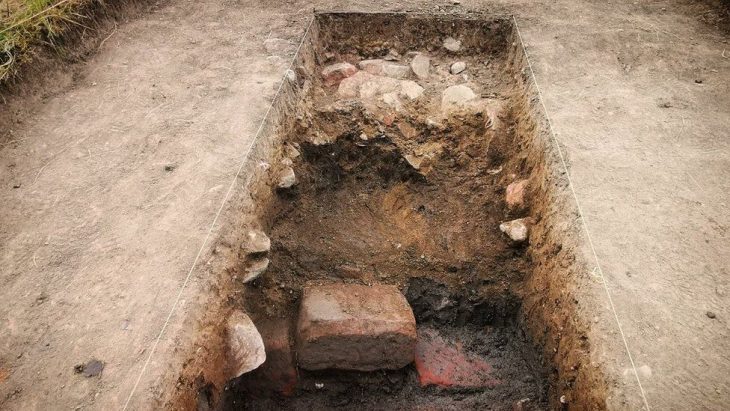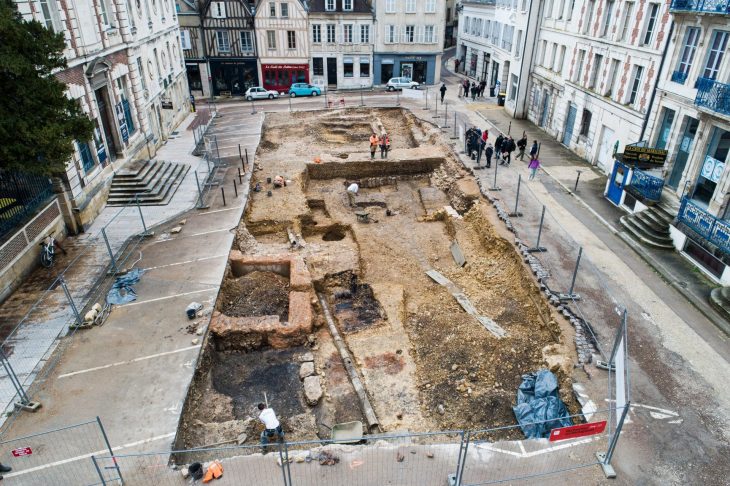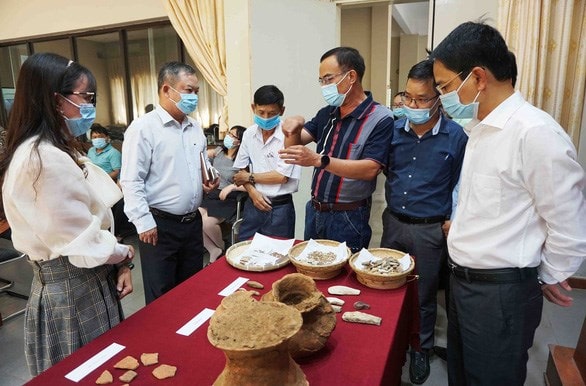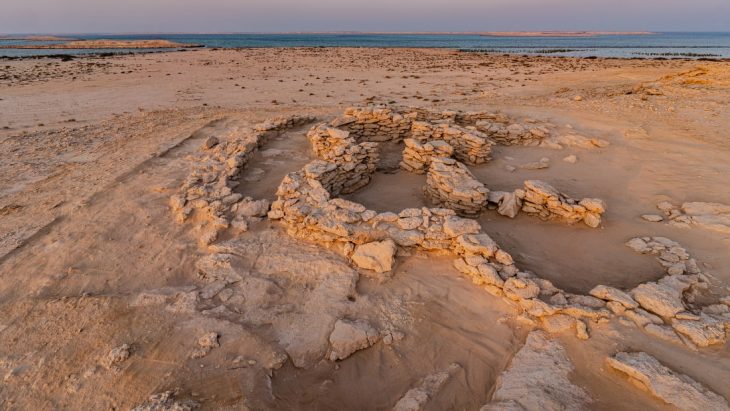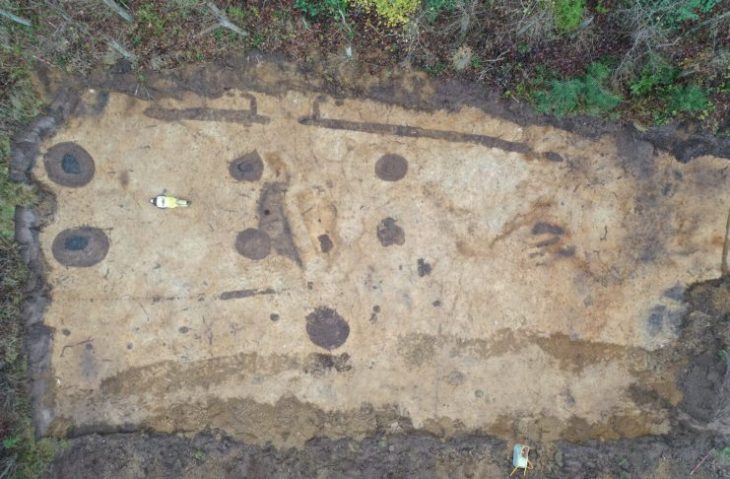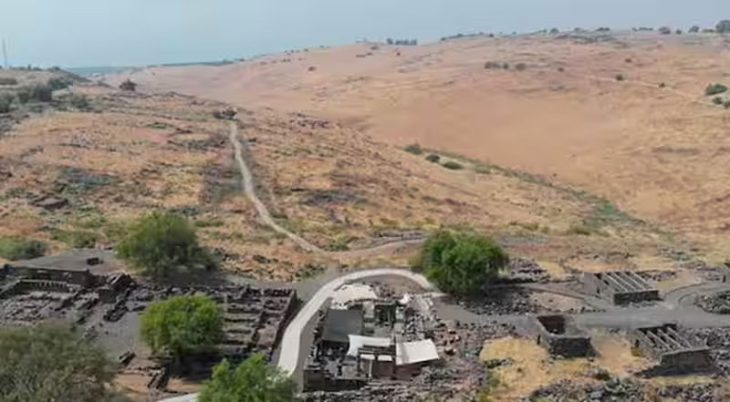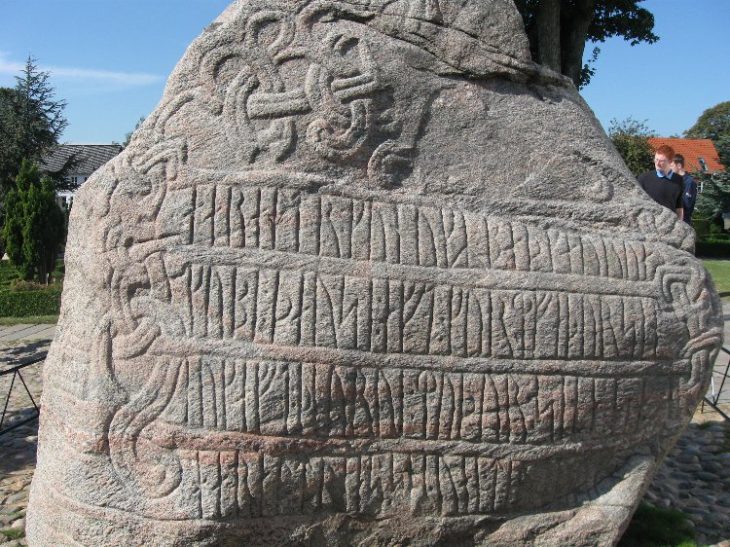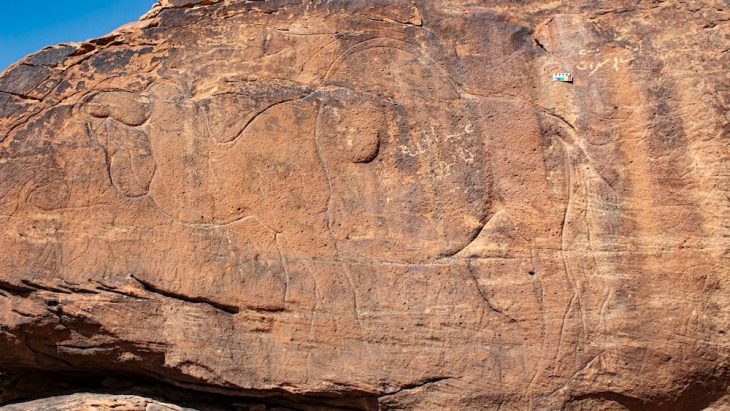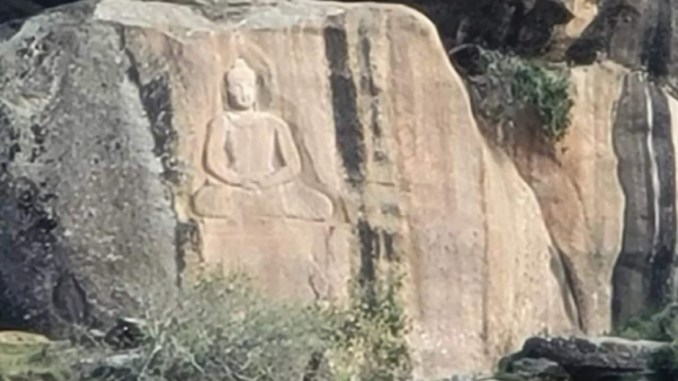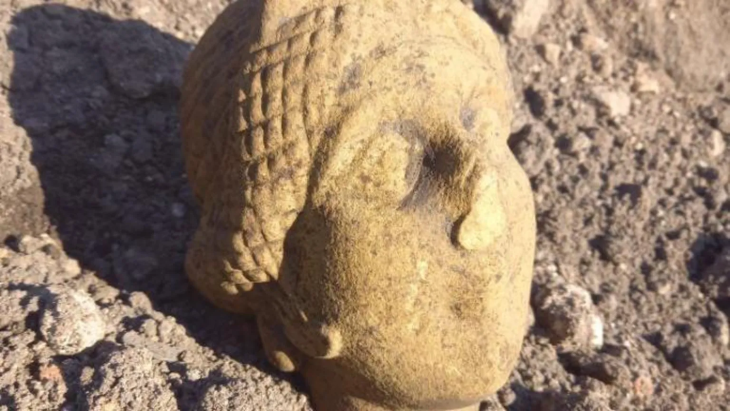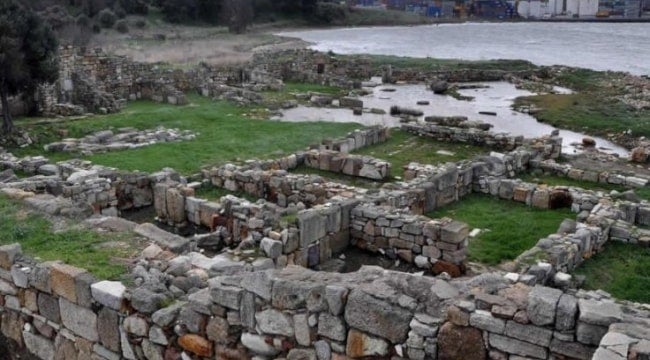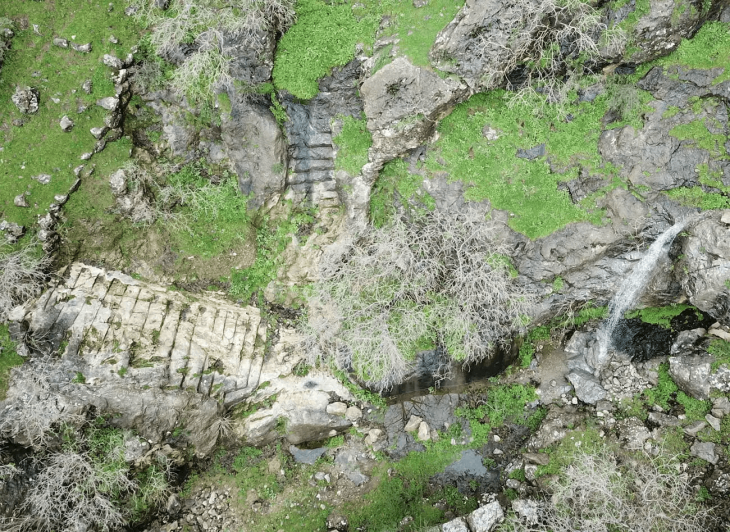Previous investigations in the Tollense Valley, in the German state of Mecklenburg-Western Pomerania have uncovered evidence of a large and violent conflict that took place in the 13th century B.C.E (around 1250 B.C.).
Numerous human remains—representing more than 150 individuals—have been found, and based on the body count, archaeologists estimate that at least 2,000 warriors were involved -Europe’s earliest-known battle, and the largest from the time.
The burning question is who was fighting who. No one is sure who took part in the conflict or the disagreement that led to the bloodshed. Some earlier studies had suggested that only locals took part. But the new research, published in Antiquity, indicates that some combatants were foreign warriors, maybe even part of an invading army.
The analysis of Bronze Age arrowheads found in the Tollense Valley has revealed that some of them were not produced locally. The new research posits that this wasn’t some family feud. The war in the Tollense Valley 3,250 years ago was interregional, with locals pitted against invaders from the south.
Based on analysis of the arrowheads, they may even have been facing an organized army, archaeologists report in the Journal of Antiquity. Their research expands on earlier genetic analyses of the teeth of some of the combatants, which also imply that some were not local but rather southern. And by “south,” the archaeologists mean Moravia or Bavaria rather than Greece or Italy.

The new paper compared bronze and flint arrowheads found in the valley with thousands of contemporary examples from across Europe.
Arrowheads are a type of indisputable evidence, according to Leif Inselmann, the study’s lead author and a former member of the University of Göttingen’s Seminar for Prehistoric and Protohistoric Archaeology. Much like how a murder weapon in a criminal investigation provides clues about the culprit, the arrowheads offer us insights into the combatants in the Battle of the Tollense Valley and where they came from.
Numerous locals may have participated in the battle, as evidenced by the majority of the arrowheads discovered at the site, which are types that are sporadically found in the Mecklenburg-Western Pomerania region. On the other hand, certain arrowhead types were identified; these include arrowheads with unilateral barbs, rhomboid or straight bases, and tangs rather than sockets. These arrowhead types are more prevalent in southern Europe, including modern-day Bavaria and Moravia. These arrowheads have not been found in local burials in the Tollense region, indicating that they were not simply acquired through trade by the local inhabitants and used in the battle.
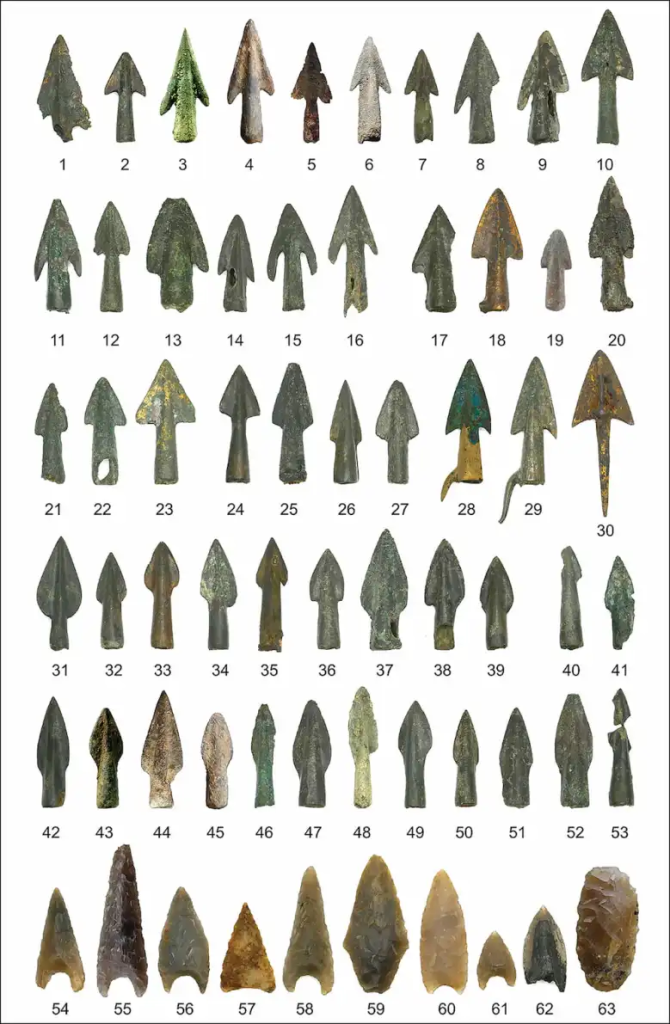
The evidence points to a level of military complexity and organization far higher than previously believed for this era in Bronze Age Europe, suggesting that conflicts were not only more frequent than previously believed but also involved combatants from various regions.
The Battle of the Tollense Valley demonstrated that interregional conflicts existed in Europe more than 3,000 years ago; it was more than just a local skirmish.
Cover Image: Leif Inselmann

